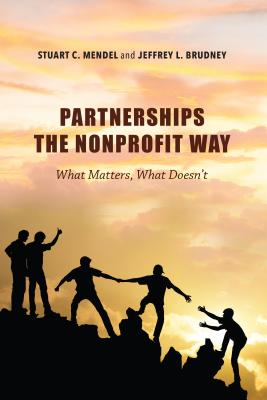Collaboration and partnership are well-known characteristics of the nonprofit sector, as well as important tools of public policy and for creating public value. But how do nonprofits form successful partnerships? From the perspective of nonprofit practice, the conditions leading to collaboration and partnership are seldom ideal. Nonprofit executives contemplating inter-organizational cooperation, collaboration, networks, partnership, and merger face a bewildering array of challenges.
In Partnerships the Nonprofit Way: What Matters, What Doesn’t, the authors share the success and failures of 52 nonprofit leaders. By depicting and contextualizing nonprofit organization characteristics and practices that make collaboration successful, the authors propose new theory and partnership principles that challenge conventional concepts centered upon contractual fulfillment and accountability, and provide practical advice that can assist nonprofit leaders and others in creating and sustaining strategic, mutually beneficial partnerships of their own.

 看圖書介紹
看圖書介紹










